Harlem is Nowhere
Novelist Sharifa Rhodes-Pitts on Harlem, gentrification and the power of unconscious style
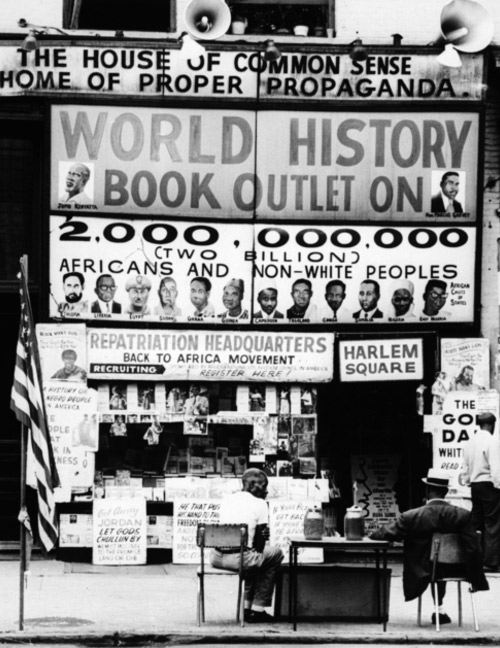
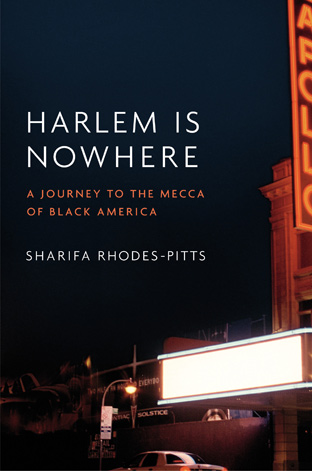
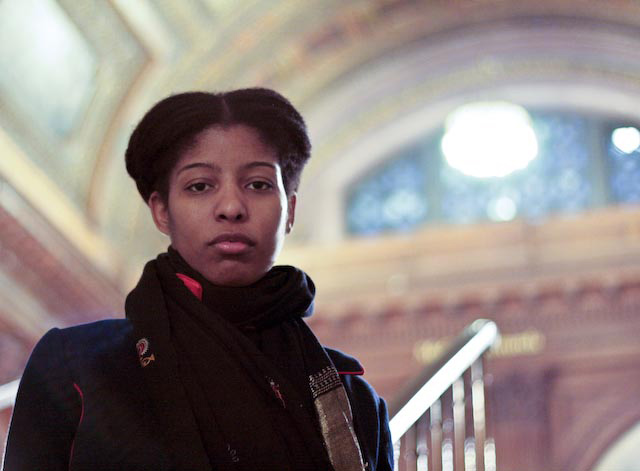
Sharifa Rhodes-Pitts’ debut novel “Harlem is Nowhere” finds the young author discovering herself in a foreign place that seems all too familiar. Pitts moved to Harlem after completing a Fulbright Scholarship in England, and lived in the upper Manhattan neighborhood for seven years. In that time she saw a neighborhood separated from the city within which it exists become bombarded by the outside and witnessed a community under siege. Taking her title from a Ralph Ellison essay, Pitts recounts her interactions with local historical and literary figures both real and imagined, creating a rich portrait of one of the most interesting and important cultural landmarks New York City has to offer. Cool Hunting sat down with the author to discuss her work and the neighborhood that inspired her novel.
As the first book in a trilogy, how does this lay a foundation for the series?
The book is imagined as the first part in a trilogy on African Americans in utopia, and the three parts are Harlem, Haiti and the Black Belt of the South. It’s interesting that you should ask whether it’s the foundation of that series, because you could argue that one of the other places that has a longer historical reach, which is the beginning of that idea is Haiti. Haiti was the first black republic, which is why it enters the list as the place it was first imagined where enslaved Africans could throw off their chains and create and imagine the republic. The whole history of Haiti flows from this original act, for which the people of Haiti were punished by the entire world.
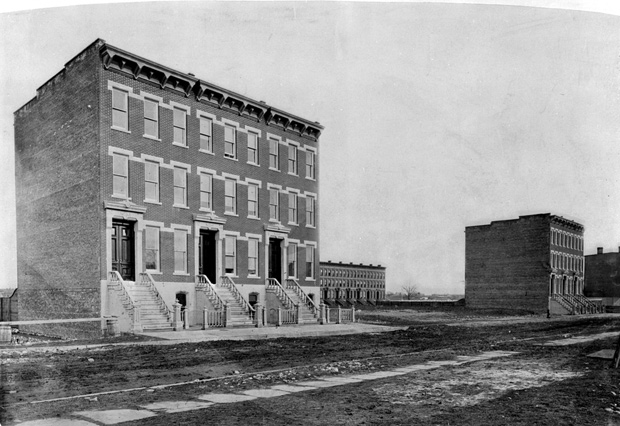
Yet, in the book you talk about not going to Harlem to seek out history.
It’s hard to say yes or no. All of that history, all of those myths that I talk about were so much a part of my mind from having read all those books that I read about Harlem and the poets, the photographers—studying all of those pictures. Of course all of those stories and history were part of why I ended up there, but once I arrived there I was conscious not to be caught in some daze of nostalgia or uncritical celebration of, “Oh ,the Harlem Renaissance wasn’t it fabulous!” If I wasn’t in this rhapsody of celebration it was because I was conscious of balancing out the myth and the reality.
Is the culture of Harlem still rich in the way that you expected it?
I think it’s rich in ways I didn’t expect it. In simple everyday ways, just the way that people greet each other and look out for each other and a certain way of being a neighbor. I imagine in some neighborhood that’s the norm, but in Harlem it’s exemplified, that feeling of community in an urban setting. I think there’s a reason they call it the village of Harlem. For me there was an attempt to become a part of the place, not just to live there and sleep there, and in my attempt to become a part of the place I began to care about its future and what is going to happened to it.

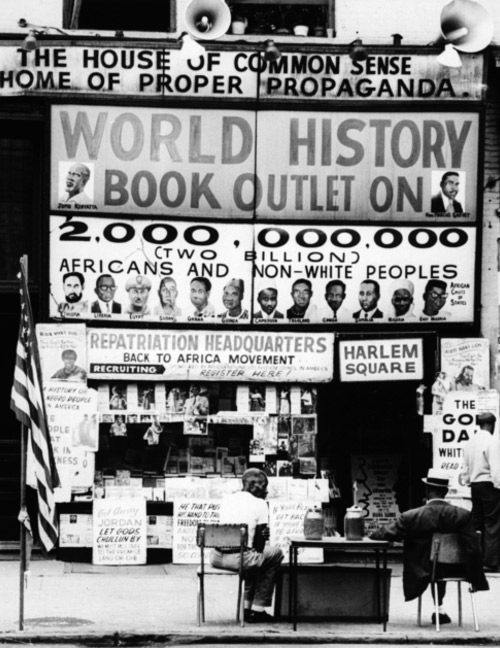
What are your thoughts on the legacy of gentrification in the area?
It’s interesting, because what’s happening in Harlem is happening in a lot of other neighborhoods in New York. I remember reading—and it made me furious—a high-powered broker in the New York Times said, “they think they’re special up there why should they be different than any other neighborhood that will have retail shops and boxy condominiums?” To her obviously that’s a great thing. Why is it so different? Why is it so special? Not to discount what’s happening in other places, or to say it is not destructive in other places, because Harlem is alike other neighborhoods in New York in that way. Harlem is going through a rash of re-zonings under Mayor Bloomberg, more so than any other time period in its history, which is changing the landscape, and will change the face of the city for generations to come, period. Even if the current economic situation means you can’t see development in some places, the laws have been changed so that when the money comes back into Harlem and in other places, the band will play on.
What informs your part diary, part essay, part magical realism style?
Style is unconscious in many ways it is informed by everything I’ve ever read. I’ve certainly read a lot of Borges. One that comes to mind is W.G. Sebald, a German writer who died in 2001. He had that sense of is it fiction, is it non-fiction? Is it a diary, is it history? And of all of those things being able to co-exist on the page. When I first read his work when I was just out of college it was a huge relief and a door opening into all of those possibilities, to work across genres and to follow one’s own nose. I always say if it’s a first person narrative, it’s my eyes and my brain shifting through what I see and what I read and what I’ve heard about. What happened and what’s about to happen, and those things come through my eyes. But its not a first-person narrative in the way a memoir is. It’s more impressionistic where my personal experiences show up when they can throw light on a bigger question. In terms of storytelling, that’s the way my style is inspired.
“Harlem is Nowhere” sells online from Amazon and Barnes and Noble.












